Institutional investment in agriculture and timber is set for a steady growth in 2018, after a year of growing momentum.
Halfway through 2017, Industry Super Australia (ISA) called on Australia’s AUD2.2trn (€1.4trn) superannuation fund industry to increase its agriculture, timberland, farmland and aquaculture allocation to the global benchmark of 1% from 0.3%. Sector in which pension funds from Canada, Denmark and the UK have significant interests.
Just a few months ago, New Zealand’s sovereign wealth fund acquired a stake in the Australian cattle firm Palgrove. As a result of the deal, New Zealand Super Fund now has around 1% of its NZD35.7bn (€20.6bn) of assets invested in rural farmland.
New Mexico Educational Retirement Board (NMERB) also made its first overseas agriculture investment after the pension fund gave US$30m (€25.3m) to Folium Capital, a new fund manager that specialises in agriculture investments.
Mark Canavan, senior portfolio manager of real assets at NMERB, said at the time in August that “this commitment will give our agricultural portfolio some real diversification”. He said: “The vast majority of our previous investments have all been with managers mostly focused on the markets in the US. Folium is a manager with its investments mostly in Europe, Eastern Europe and Latin America.”
The continued interest in the sector in 2017, was further highlighted after Virginia Retirement System hired AgIS Capital to manage a $150m farmland separate account.
Guy Hopwood, senior associate, private markets at bfinance, said that, within the real assets sector, investors are now looking further afield to find better opportunities and diversify their exposures.
He said yields have compressed significantly in core real estate and infrastructure during, with greater competition for assets as a result of strong interest from large direct investors. The natural resources sector has been a significant beneficiary of this trend, with agriculture and timber receiving particular attention, he said, adding that “we have seen demand increase for these asset classes in 2017 and expect that trend to continue in 2018.
“This comes from a variety of geographies and investor types: the greatest activity today is from pension funds and other institutions in Australia, Canada, the UK and the US, but we expect this to broaden across Europe during 2018.”
The additional capital flowing into the sector bodes well for increasing levels of deployment, and greater demand – and valuations – for the underlying assets in future, he said. “Today we see a much larger universe of asset management offerings available in both agriculture and timber – particularly agriculture, which is going through its first wave of institutionalisation.”
Hopwood said that, with the exception of private equity agribusiness, these are the sectors that the largest investors have accessed on a direct basis – by buying operating companies – but historically have been inaccessible to smaller and mid-sized investors as a result of a lack of pooled funds.
“The emergence of open-ended funds is also another sign of increasing maturity and the expectation of future capital raising,” he said.
According to Jay Yoder, managing director at Pavilion Alternatives Group, institutional investors in recent years have shown little interest in timber, after its single-digit returns lagged other real assets sectors.
“However, the future may be brighter for timber investors. US mill capacity is growing and at the same time, competition from Canada is declining, due to supply issues in the western provinces,” Yoder said.
The US economy and housing market are gaining momentum. “Even if returns don’t rise significantly, timber still provides good diversification, capital preservation, and inflation hedging capabilities,” Yoder said.
Farmland’s inflation-hedging characteristics, low correlation to traditional assets, and the potential to generate cash returns superior to inflation-linked bonds saw it gain interest from investors in 2017, Detlef Schoen, head of real assets at Insight Investment, said.
“We expect to see this continuing, particularly alongside the boom in popularity of sustainable investment which farmland is inherently suited for. As we move into 2018, we anticipate the discovery of farmland as an ideal conduit for the pursuit of sustainability goals to gain further traction, with increasing investor demand for value creation ESG strategies over and above pure risk mitigation.”
With less than a month left into the new year, Swedish pensions and insurance firm Folksam has invested €50m in Nordic and Baltic forests via a fund set up by SEB and CRK Forest Management. Folksam will become one of the two anchor investors, alongside life insurer SEB Trygg Liv, in Silvestica Green Forest, which is intended to grow to €500m over time.
Michael Kjeller, head of asset management at Folksam Group, said: “This investment in forestry assets suits us well and will contribute both to a continued good return for our customers and sustainable development.
“The investment provides us with real assets with a secure and stable cashflow, at the same time as having low correlation with the equities market.”
Last month, Canada’s Public Sector Pension Investment Board (PSP Investments) acquired more cattle stations in Australia, taking its investment in the sector to almost AUD120m so far this year.
PSP Investments, through its joint venture partner Hewitt Cattle Australia, acquired a 15% stake in an Australian organic beef company, Arcadian Organic & Natural Meat for an undisclosed sum – believed to be around AUD50m.
“Geographically speaking, we expect to see continued interest in Australian farmland, as well as increased interest in Pacific South America, while Brexit could likely drive interest in niche sectors of UK farming,” Schoen said.
Technological advances will continue to play an important role, particularly in waste avoidance, reduction and conversion, Schoen said.
While there are a number of positives on the horizon, particularly in terms of increased productivity driven by the adoption of new technologies, the “outlook for farmland may not all be rosy,” Schoen said.
“We also see an intrinsically undercapitalised industry that without significant inflow of private capital will struggle to fully capture the benefits awarded by the technological advances at its fingertips – which in turn, of course, means that private capital can expect to generate adequate returns by simply doing what needs to be done but which the incumbent operator is lacking the funds to do, Schoen said.



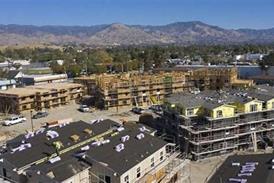

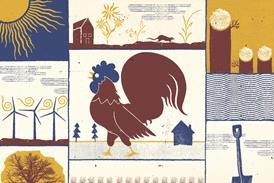
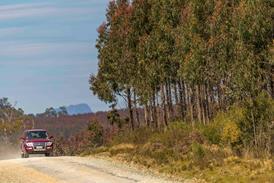


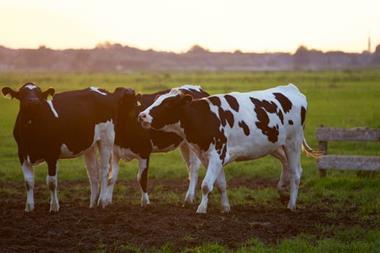
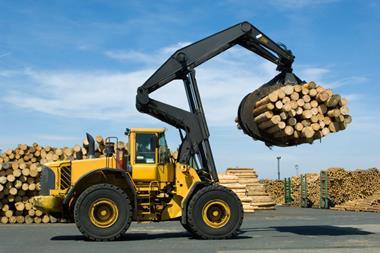


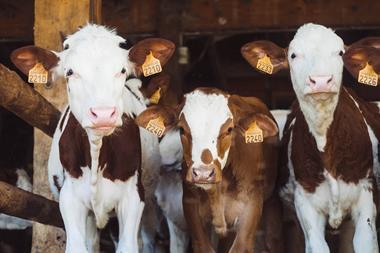



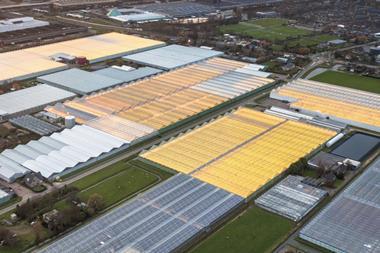



No comments yet